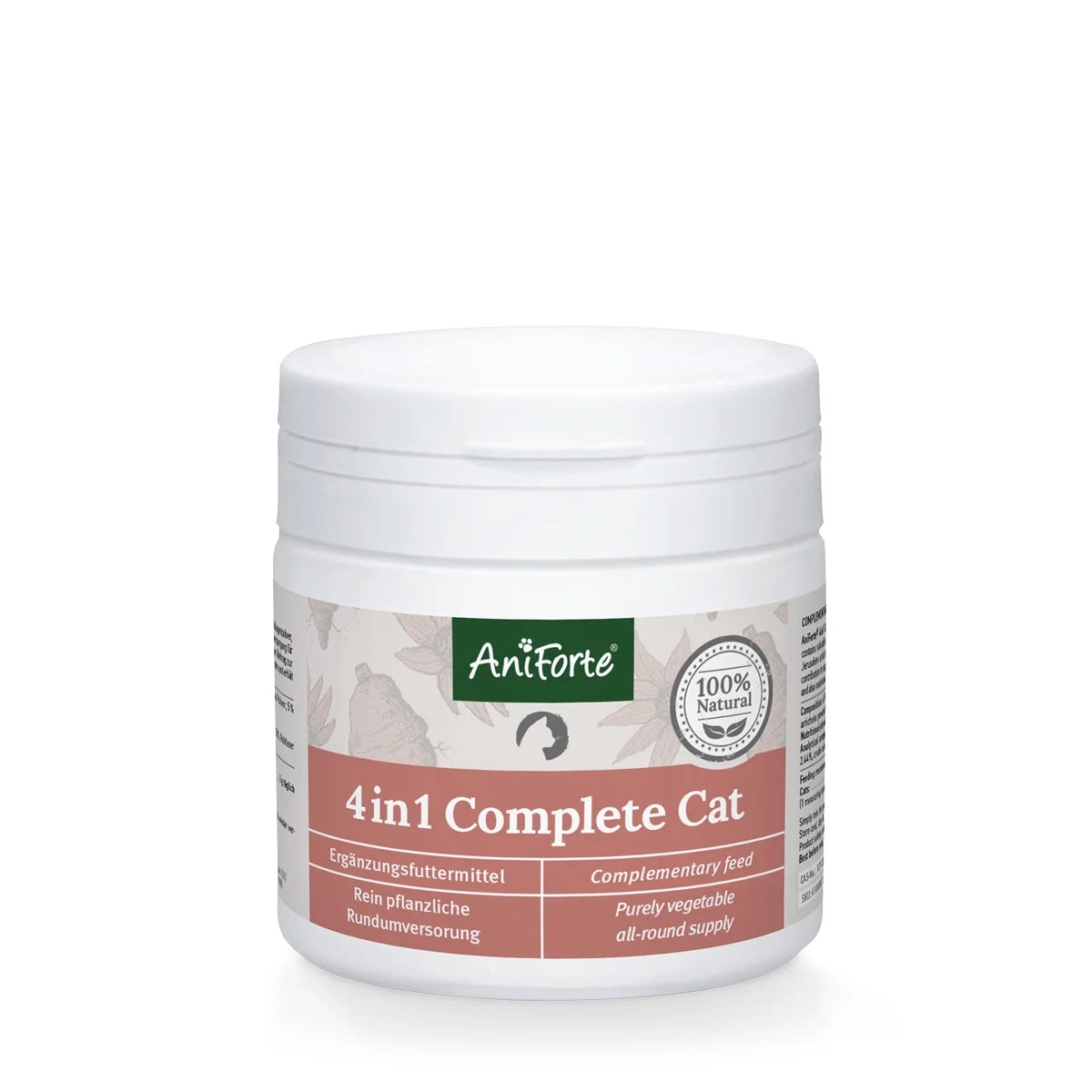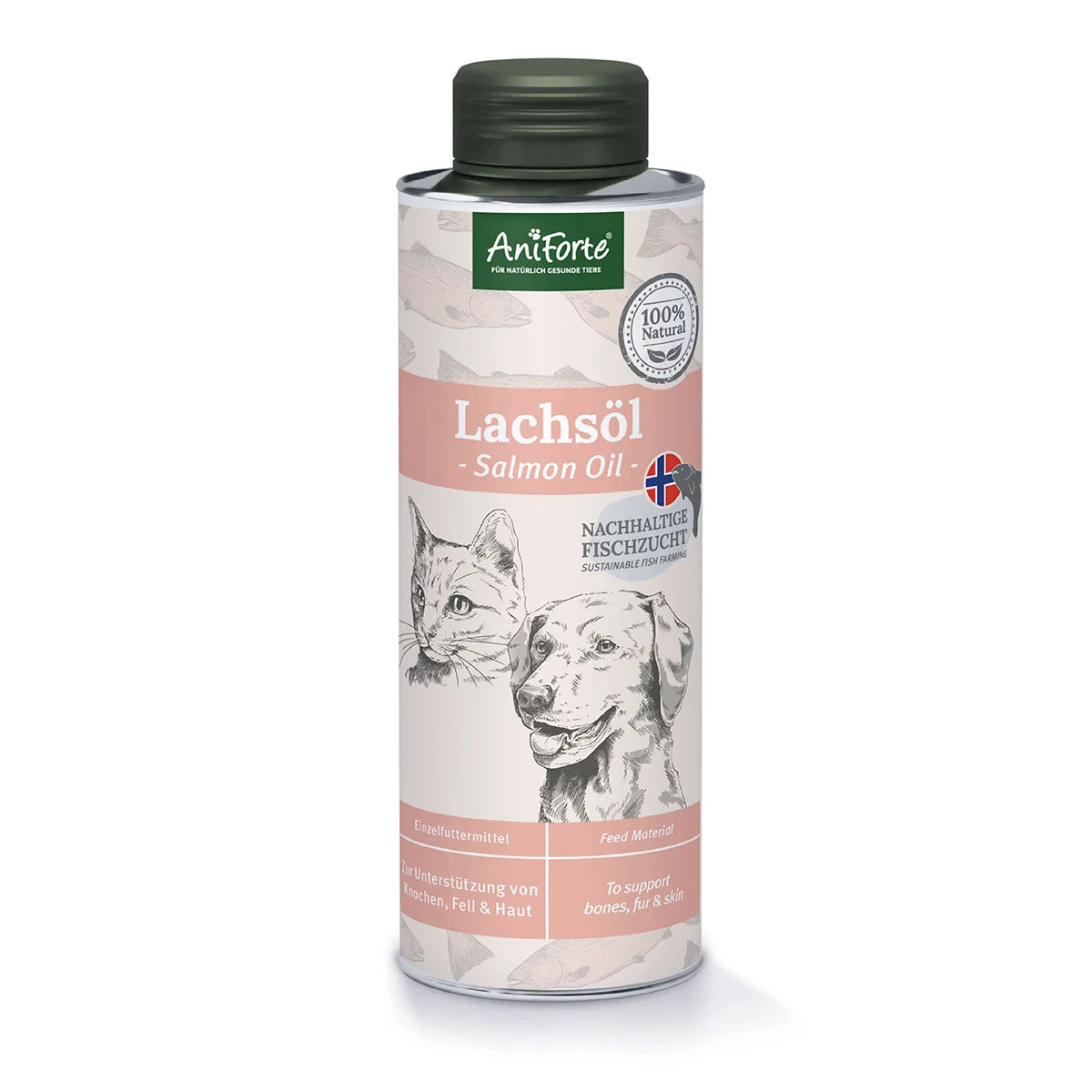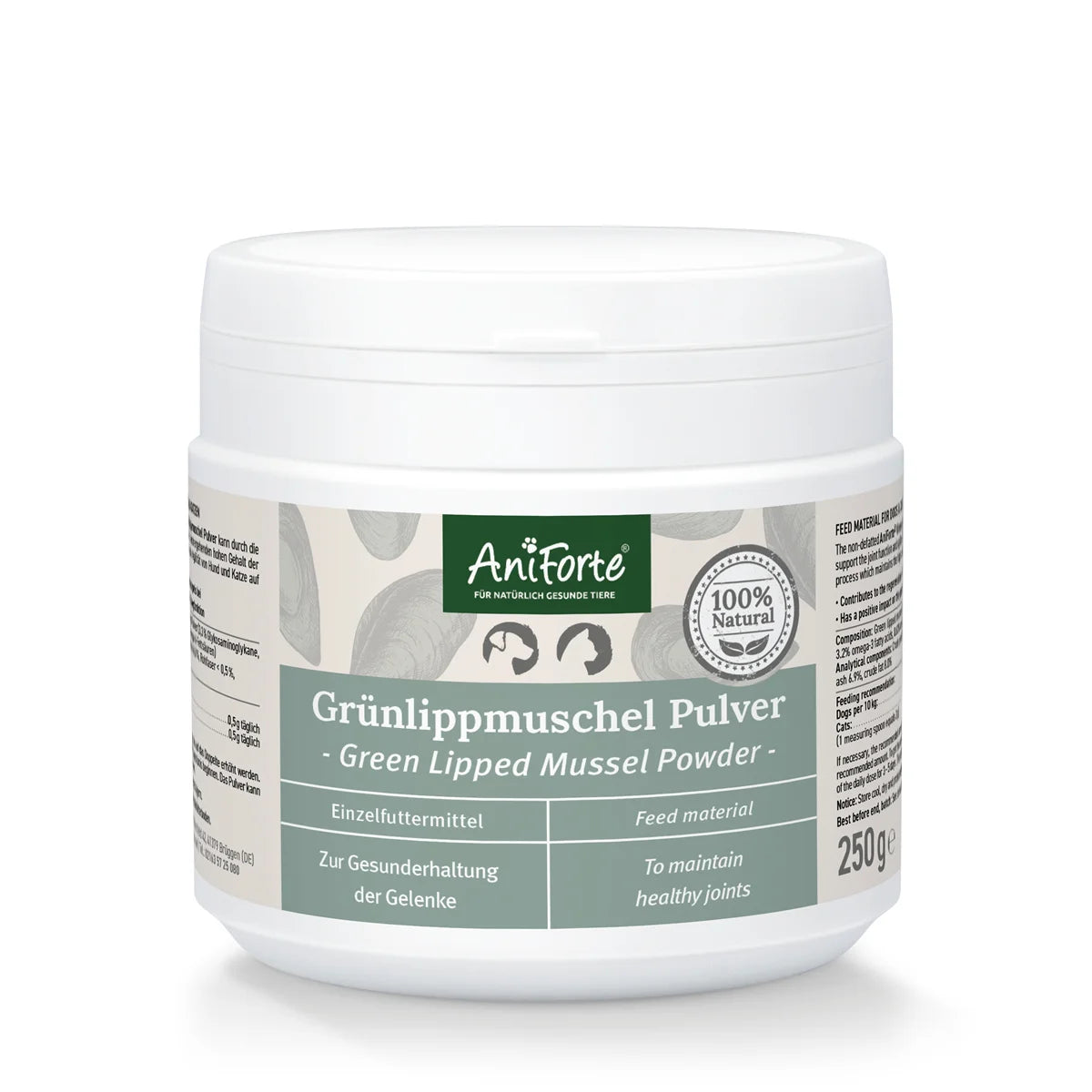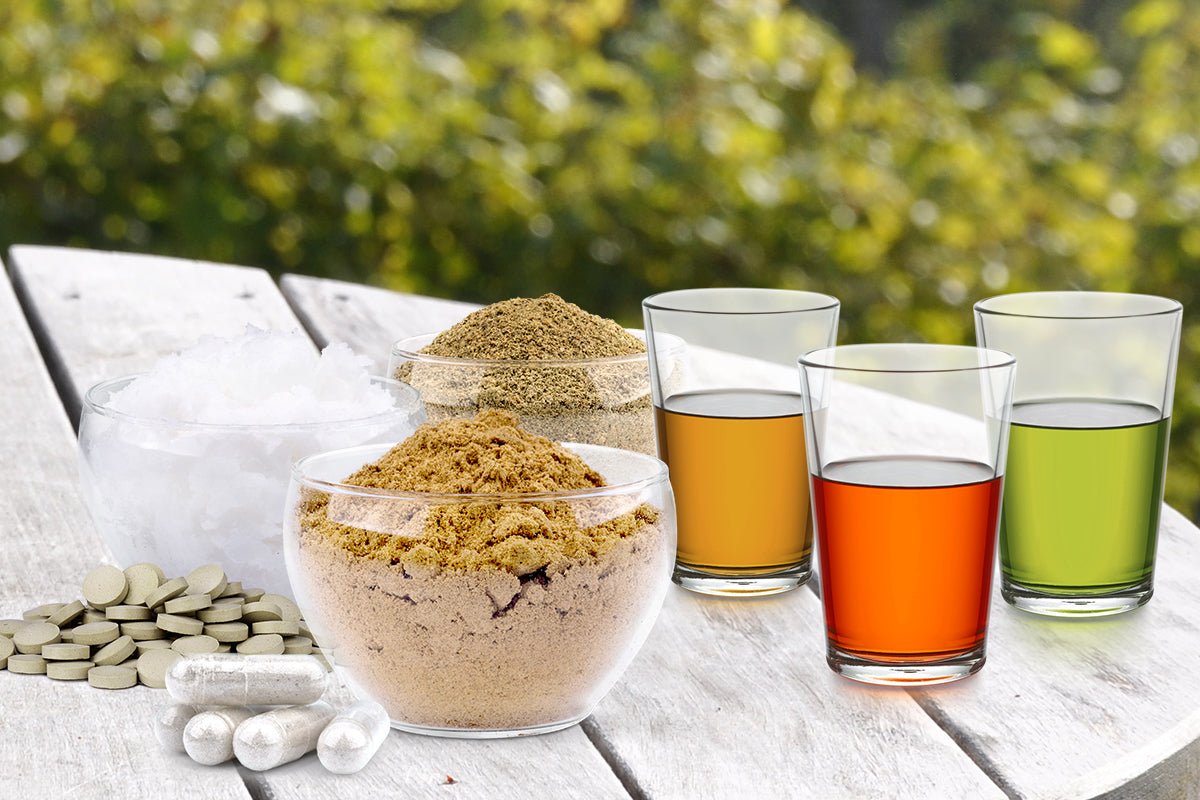
Does your pet have an injury, or did they undergo surgery? Subsequent animal physiotherapy could help. But what exactly does your animal have to do during these sessions?
What is Physiotherapy?
The word physiotherapy is derived from:
“Physis” - the real, the tangible, the nature
Natural = physio
Treatment - Therapy
Animal physiotherapy is already part of the standard care after surgeries in many countries such as England, France, the Netherlands and America. It represents an alternative as well as a useful addition to medical and surgical treatment of illnesses. The core of physiotherapy consists of exercise therapy and physiotherapy.
Physiotherapy goals
Pain inevitably leads to tension and a relieving posture, which can lead to further pain in other body parts. Once the vicious cycle has started, it is important to break it. Ther aim of physiotherapy is to achieve pain relief as quickly as possible. Joint stabilization, promotion of blood flow as well as muscle loosening and building up with an accompanying increase in mobility and performance in the form of improved endurance and fitness are the way to get there. Wellness treatments are also included.
All of this leads to an improvement in the quality of life and an increase in the joy of movement of your four-legged friend!
When does your pet need physiotherapy?
There are some signs you can easily recognize. However, you see your animal every day and the changes in chronic pain patients are usually insidious and therefore often difficult to detect for the owner.
Your powers of observation are required!
Possible changes are:
- Changes in behaviour:
- Inactivity, no longer likes to play, not even with other dogs (also aggressiveness)
- Avoids touching the owner (also when brushing / cleaning)
- Frequent “transferring” and restlessness / frequent switching from one leg to the other
- Increased visits to warm and cold resting places
- Signs of possible pain / discomfort (yawning, licking, smacking)
- Intensive licking and gnawing of parts of the body
In motion:
- Sluggish standing up or lying down
- Gentle posture like curved back and tucked stomach
- Head and tail tilted
- Keeps the head low or nods head while moving
- Claws drag across the ground, limbs are not being lifted properly
- Walking at an angle (i.e. front and rear limbs are not "in the same lane")
- Horses and dogs can maintain one gait and keep getting faster
- Visible lameness
- Howling at certain movements
Animal physiotherapy is already being used successfully in the following areas:
- regeneration and rehabilitation after surgery
- to maintain and/or improve movement in older or movement-restricted animals
- against congenital malformations of the musculoskeletal system and bad posture
- treatment of diseases / a damaged nervous system
- degenerative diseases of the joints and spine
- back problems such as spondylosis, calcifications and herniated discs
- diseases of the muscles, ligaments and tendons
- muscle atrophy / tension
- gait training / coordination
- balance disorders
- edema (swelling / water retention)
- lameness
- chronic pain problems, pain reduction
- conditioning / strength training for sport animals
- for overweight animals
- with age-related problems (young animals and seniors)
- prevention and wellness
The role of nutrition in physiotherapy
In animal physiotherapy, the weight and nutrition of your animal play a similarly important role as in human training. For example, overweight dogs, cats or horses have significantly more problems with the musculoskeletal system than animals of normal weight. A first step in the prevention of impairment is to pay attention to the diet of your pet. If you are unsure whether you are feeding your little friend properly, take advantage of nutritional advice.
We also recommend natural food supplements that have a supportive effect on the joints. Green-lipped mussel capsules or powder have proven themselves very useful for joint problems and have a positive influence on the pet’s gait function.
The different techniques in animal physiotherapy
Every physical problem requires a different approach. As an animal physiotherapist, I discuss the possible treatment techniques with the animal owners beforehand. There are the following options to get your pet fit again:
- Physiotherapy and manual therapies
Physiotherapy is used to mobilise, stretch, relax and to increase muscle strength, endurance and speed. In addition, there is gait and balance training as well as posture training and coordination. A distinction is made between passive and active movement. One speaks of passive movement when external forces such as the therapist, for example, carry out the movement of a limb. This is also called passive movement. If the patient performs a movement independently (= actively), then we are talking about active movement.
- Massages
Massage is one of the oldest forms of therapy. The word "massage" is derived from the Greek word "massein" and means "to knead." Massages have a positive effect on:
- the venous-lymphatic system
- the blood circulation
- the muscles
- the psyche
Unfortunately, there is currently a tendency towards self-help: over a few workshop days, pet owners should quickly learn a few moves to massage their pet themselves, which is not a problem with simple applications and can contribute to the animal's well-being. However, when it comes to advanced techniques, users cannot “feel their way” into the tissue, too much pressure is applied to the possibly painful problem areas and the desired effect is not achieved. In the worst case, this well-meaning self-help leads to severe discomfort in the animal and makes subsequent therapeutic measures more difficult.
- Individual additional measures
Further therapeutic measures can be added depending on the individual medical history:
- Thermotherapy (heat and cold)
- Electrotherapy (electricity)
- Hydrotherapy (water)
- Muscle tapping
Animal physiotherapy does not end when leaving the therapist’s office
In order to achieve good therapy success, homework is particularly important. Pet owners do this at home after consultation with the therapist. In order to consolidate movement transitions in your dog, you practice with him e.g. sit-lie down, sit-stand and vice versa. It is important that the exercises are always carried out correctly, in a controlled manner and not too quickly. Discuss the specifics with your trusted therapist.
Controlled walks with the pet’s owner are also very important. The movement sequences learned can be trained and expanded on further. Possible challenges for your animal may be walking uphill or downhill, sand-walking etc.
Animal physiotherapy has become an indispensable part of veterinary medicine. With the right therapist, your pet has the chance to maintain its freedom of movement even after surgery, in old age or with certain restrictions.
I wish you all the best for your therapy sessions!






